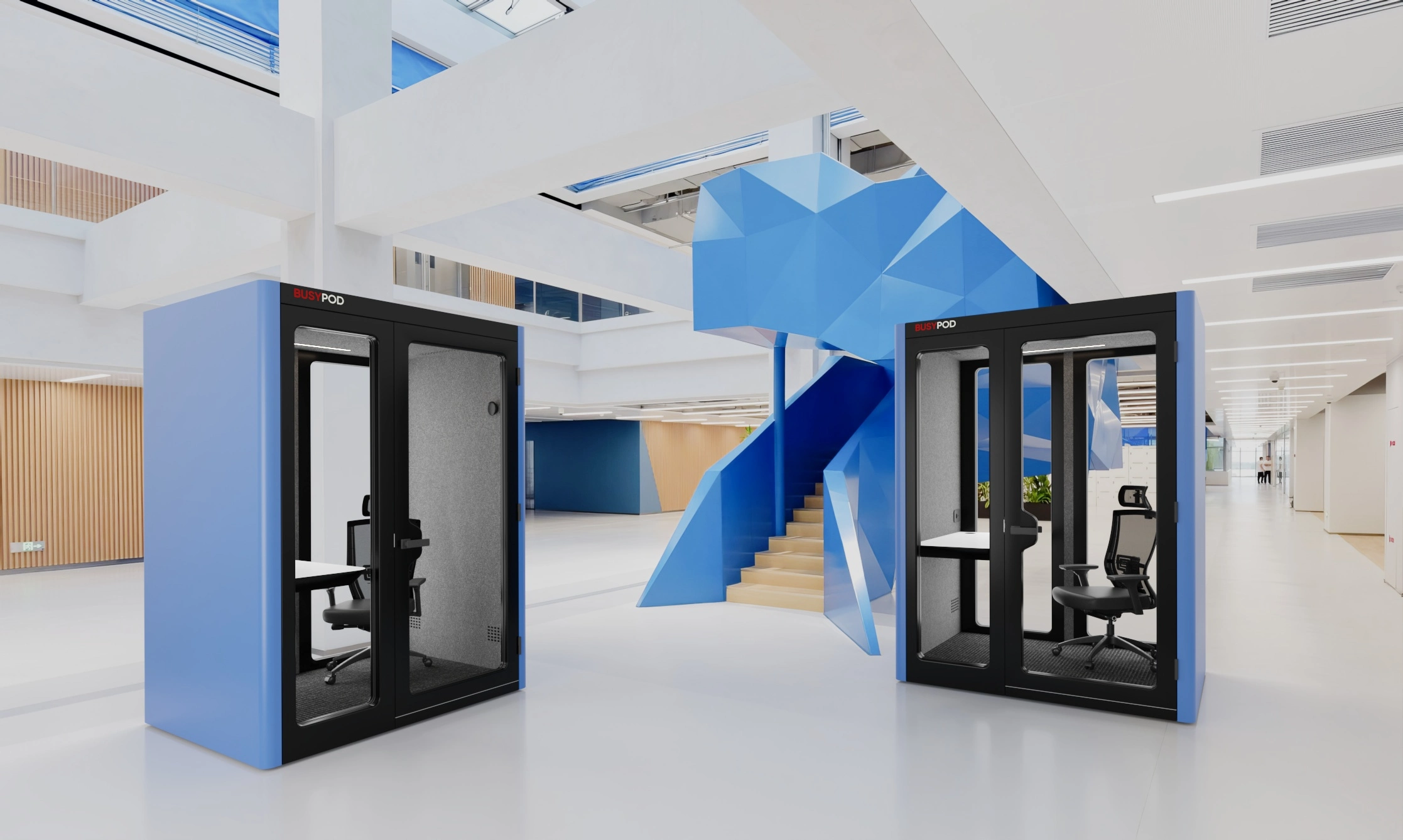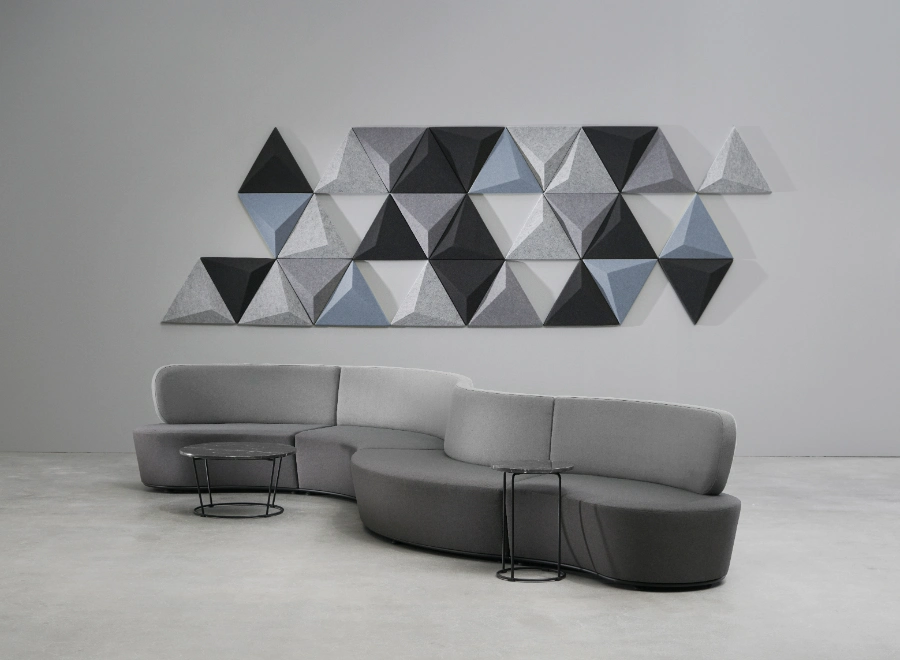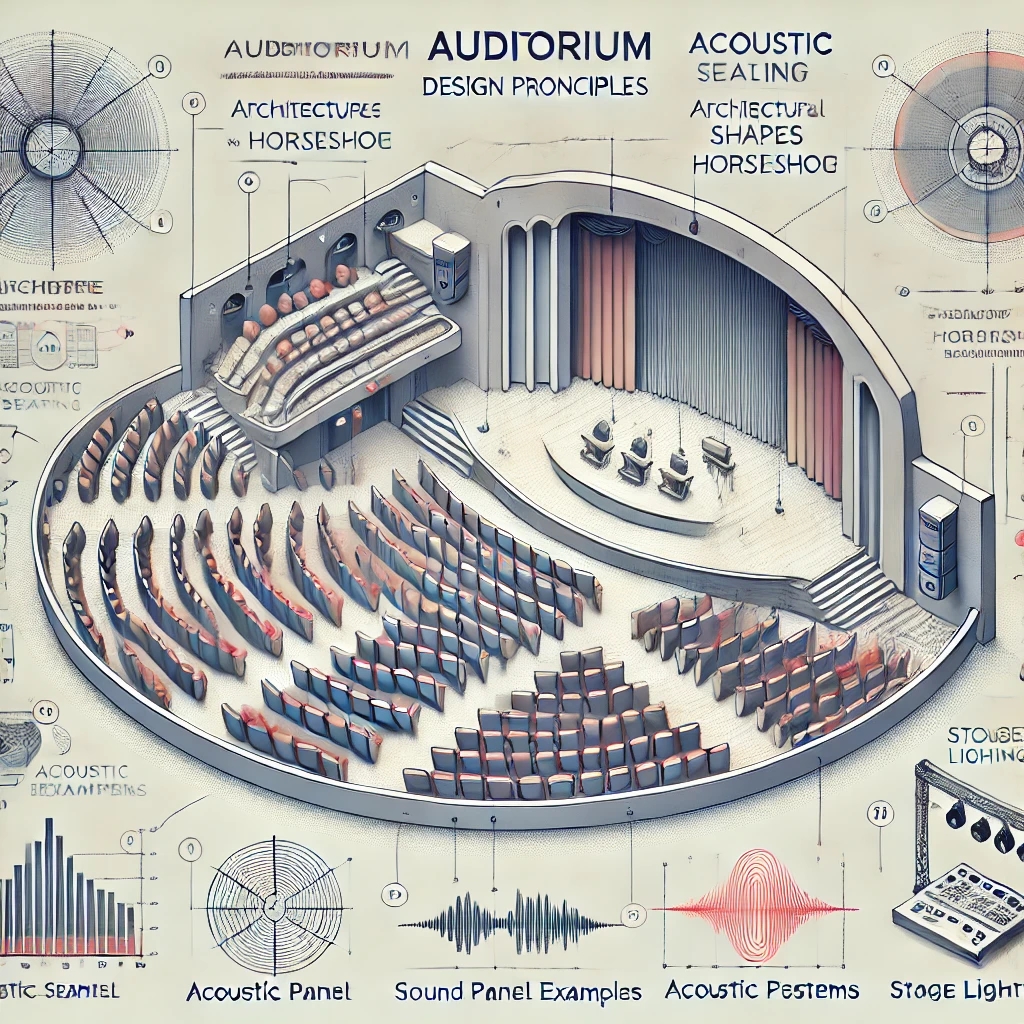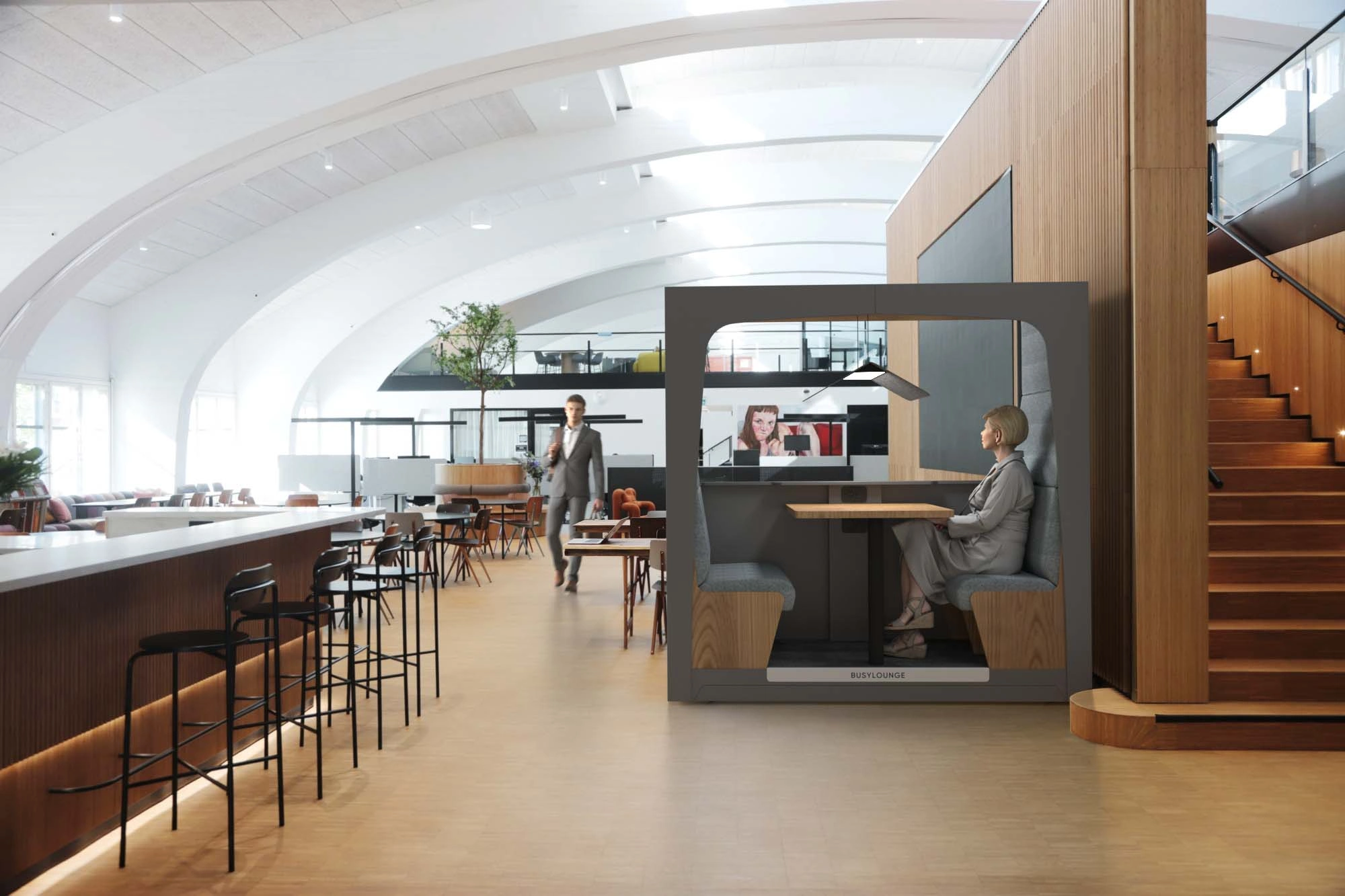Multipurpose Hall Design — Designing for Flexibility and Performance
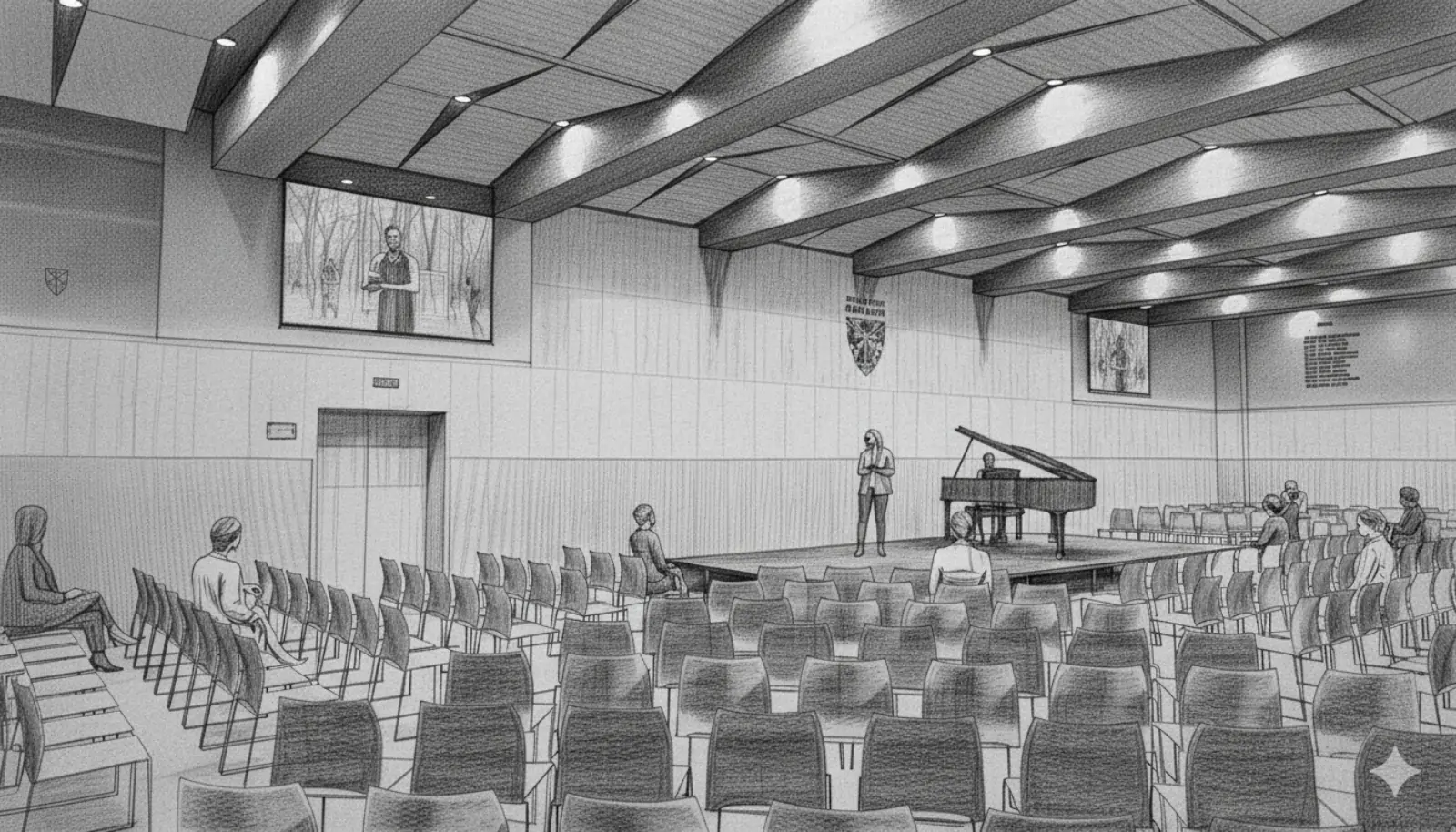
Introdction
Multipurpose halls are often the quiet workhorses of modern architecture—spaces that need to do a bit of everything and do it well. From school assemblies and sports to concerts, conferences, and community events, they’re asked to perform in ways few other spaces are. The challenge? Creating environments that can flex and adapt while still delivering on acoustics, comfort, and visual quality.
Multipurpose halls, which are expected to host a wide range of activities, require a broader technical approach than most specialised spaces. Every detail, from sound control and lighting to staging, circulation, and even storage, requires careful consideration with flexibility in mind.
Unlike a theatre or cinema that’s designed for a single use, a multipurpose hall must pivot between very different events—often on the same day. This guide lays out key strategies to help you design spaces that meet those demands without compromise. Explore the full guide below, and for more expert insights, subscribe to our newsletter or contact us to discuss tailored solutions for your space.
1. Understanding Multipurpose Halls
At their core, multipurpose halls are built to handle many functions in one place. These can include:
- School halls for assemblies, drama, sports, and dining
- Civic and community halls for town meetings, exhibitions, and celebrations
- Corporate spaces for training sessions, product launches, or receptions
- Worship or cultural halls used for spiritual gatherings or performances
The needs vary, but the goal is the same: design for flexibility without sacrificing the experience.
What makes it tricky is that most multipurpose halls don’t have a fixed shape, layout, or even a stage. Some have large windows, open façades, or no clear “front” of the room—making acoustics and layout much harder to control. If not considered early, these spaces can end up looking flexible on paper but falling short in practice.
Designers must take into account:
- Variable occupancy and furniture arrangements
- Differing acoustic needs depending on event type, which may require balancing speech intelligibility with reverberation for music or performance
- Speed and ease of reconfiguration between uses, ensuring systems don't compromise sightlines or acoustics when layouts shift
- Safety, accessibility, and clear circulation, which can compete with acoustic treatment or zoning priorities in limited spaces
2. Planning for Flexibility and Flow
Zoning and Layout
Good planning starts with understanding how different zones will function. You’ll want to define:
- Primary zones: The core activity space—whether that’s a court, stage, or open floor
- Secondary zones: Storage, moveable furniture, or retractable seating
- Support zones: Access routes, AV control, backstage areas
Use operable partitions, telescopic seating, and mobile furniture to shape the room based on each event’s needs.
And don’t forget about the infrastructure underneath—track plates, floor boxes, and accessible power or AV nodes will make or break your layout’s flexibility.
Circulation Design
Smooth circulation is key to safety and efficiency. Consider:
- Clear, wide aisles (minimum 1200 mm)
- Entrances and exits that align with seating and stage orientation
- Lobbies and transitional spaces that can absorb foot traffic before and after events
Plan with peak usage in mind—arrival rush, intermissions, or quick turnovers between bookings.
Accessibility
Every user should be able to move through the space comfortably. Make sure ramps, lifts, and clear floor paths are planned early and meet all local standards. Good accessibility isn’t an afterthought—it’s part of good design.
3. Design Goals for Multipurpose Success
To succeed across functions, a multipurpose hall needs to:
- Allow fast, easy layout changes—think mobile seating, modular stages, retractable platforms. But only if these are well-chosen. Poor-quality systems can quickly become a logistical burden.
- Support consistent sound quality—whether for a solo speaker, a panel discussion, or a musical performance.
- Provide stable temperature and airflow—without intrusive mechanical noise.
- Use tough, durable materials that hold up under frequent changes and heavy use.
- Include smart technical infrastructure—multiple AV and power access points, ceiling and floor cabling routes, and mounting systems that make reconfiguration seamless.


